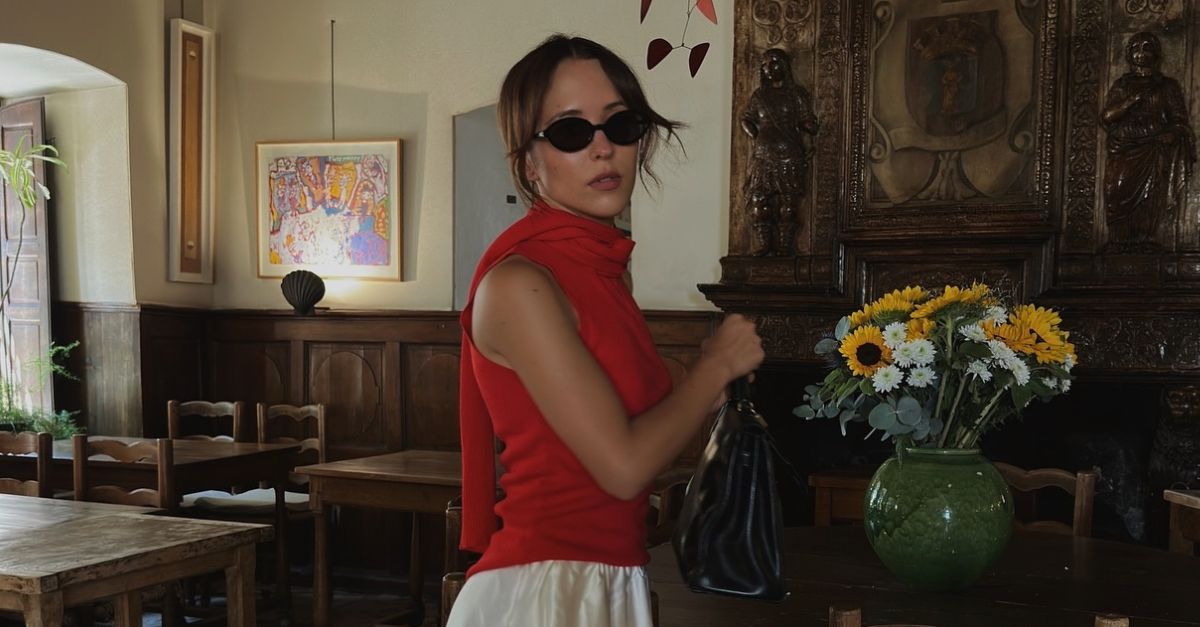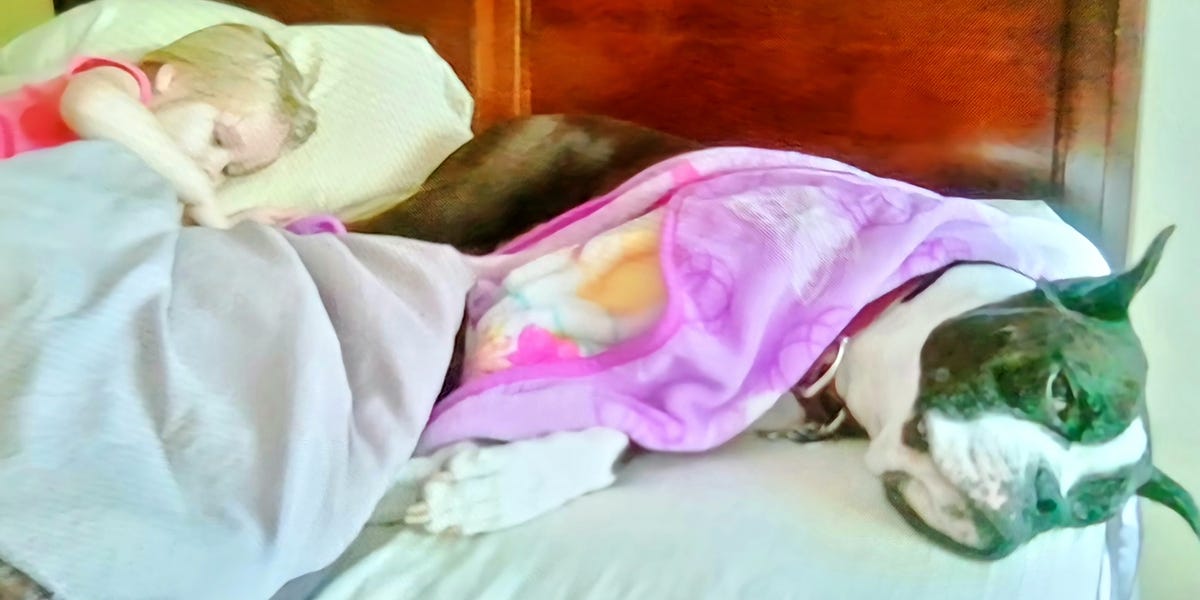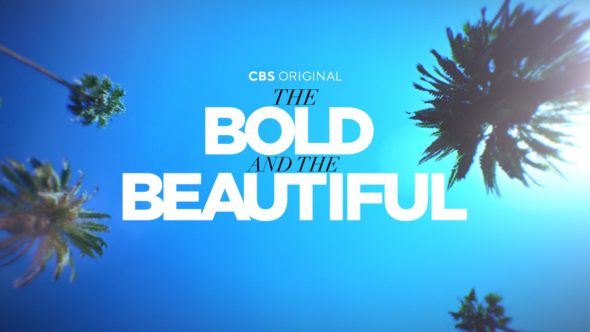There’s an oft-quoted line from Walt Disney himself about his vision for Disneyland (and now, by extension, the company’s other theme parks).
“Disneyland,” he said, “will never be completed. It will continue to grow as long as there is imagination left in the world.”
Imagination is limitless. Growth is not. Disney owns and controls only so much land in Anaheim, California and Orlando, Florida. So changing Disneyland and Walt Disney World often means closing long-running attractions to make room for new ones. Nothing is forever in the Happiest Place on Earth (except possibly Dole Whip, that stuff is really good).
Below are 15 examples of rides that were closed and removed in order to allow Disney’s parks to grow. Each one also includes video from the attractions themselves. If you never got to ride them, you can see what you missed. And if you did ride them, prepare for a trip down memory lane — provided you meet the height requirements. Everyone here is above 40 inches tall, right?
Adventure Thru Inner Space
Disney Imagineering innovated an endless loop of ride vehicles that perpetually travels around the same track without ever stopping. They dubbed it the “Omnimover.” That system is still used in parks all around the world, on such iconic attractions as the Haunted Mansion and Spaceship Earth. But the first ride to ever deploy it was called Adventure Thru Inner Space, a high-tech (for 1967) science-based attraction that placed guests in “Atommobiles” and shuttled them through the “Monstanto Mighty Microscope” (thank you product placement) which supposedly shrunk them down to the size of molecules. The ride survived into the 1980s, until the building was repurposed for use by Star Tours.
Body Wars
Following the success of Star Tours, Disney attempted to apply the same simulator technology to other venues. Epcot’s Body Wars essentially took the basic premise of Adventures Thru Inner Space and blended it with a Star Tours simulator. Guests boarded an experimental ship that shrunk inside a human body for a brief adventure. Without the Star Wars IP (and with a notoriously bumpy ride experience), Body Wars never quite attained the same level of long-running popularity as Star Tours. It closed in 2007, although the area of the park where it was located, the Wonders of Life pavilion, still sits abandoned in a quiet corner of the Epcot. Is it too late to get Body Wars 2.0?
Captain EO
It really speaks to just how massive Michael Jackson was as a pop culture figure in the 1980s (and how wholesome his image still was at that point), that Disney eagerly put him at the center of a major new attraction — and partnered him with Hollywood heavyweights George Lucas (whose Lucasfilm co-produced this elaborate 17-minute 3D movie) and Francis Ford Coppola (who directed the film). The story was silly (something about Jackson as a space captain of a ship full of kooky Lucasfilm aliens) but the ILM effects were good and the music and dancing were on par with the best Michael Jackson music videos. The film was retired in 1998, but was later brought back in tribute to Jackson after his death in 2009.
READ MORE: Theme Park Rides Based on Movies You Never Knew Existed
The Great Movie Ride
The original centerpiece of Disney-MGM Studios park in Orlando was the Great Movie Ride, a lengthy tour through Hollywood history featuring animatronics and human actors recreating scenes from classics like Casablanca, The Wizard of Oz, Footlight Parade, and Singin’ in the Rain. As that list of classic suggests, the ride and its subjects didn’t necessarily appeal to younger audiences; the most recent film featured in the Great Movie Ride was Raiders of the Lost Ark, which was already eight years old when the attraction first opened. Over time, no major updates were made beyond adding late TCM personality and film historian Robert Osborne to the attraction as host, so that by the end of its run, it felt like a relic from an era just as old as the movies it celebrated. The Great Movie Ride gave its final film history lesson in 2017 and was ultimately replaced by Mickey and Minnie’s Runaway Railway.
Honey, I Shrunk the Audience!
At Disneyland and Walt Disney World, the attraction that replaced Captain EO was Honey, I Shrunk the Audience! a 4D sequel to the Honey, I Shrunk the Kids franchise that was a big hit for Disney in the late ’80s and early ’90s. Rick Moranis and the cast of the Honey films reprised their roles, in a 3D movie with in-theater effects; in it, a demonstration of Moranis’ character’s shrinking technology accidentally gets turned on tourists, leading to encounters with giant mice, dogs, and snakes. The effects worked surprisingly well, to the point that some kids (okay, me) were traumatized by some of the effects. (No one likes the feeling of mice on their legs, Rick Moranis!) Honey, I Shrunk the Audience! worked so well it outlived the Honey, I Shrunk the Kids movies by about a decade. Ironically, it was replaced by … Captain EO, when it was brought back in 2010.
Horizons
Ah, Horizons, perhaps the #1 cult object in the Disney park universe. It was a cornerstone of early Epcot’s “Future World,” which was populated with pavilions dedicated to the history (and potential innovations) of various aspects of our planet: The Land, The Seas, Universe of Energy, and so on. Horizons, which opened in 1983 and was housed inside a boldly geometric building, took guests on an Omnimover into an imagined future that included robots, space stations, and video conferencing. (Phone calls with video? Can you even imagine???) Horizons closed for good in 1999, but the ride’s utopian vision and mellow vibes have made it a perrennial favorite among Disney nerds, who hold it up as the prototype of the sort of hopeful optimism missing from Epcot today.
Innoventions
Speaking of utopian visions and mellow vibes: For years, guests at Disneyland in California or Epcot in Florida could take a leisurely tour through Innoventions, buildings filled with various technological inventions. There were actual (or proposed) products from real tech companies, as well as games, interactive exhibits, and animatronics. The rotating lineup of booths included The Sum of All Thrills, an innovative and interactive attraction where tourists could design their own roller coaster and then “ride” it using a simulator built onto a robotic arm. Both Innoventions were closed in the 2010s; Epcot’s has been replaced by various restaurants plus a Moana-inspired water attraction, while California’s became a Star Wars meet-and-greet area and a lounge for Disney Vacation Club members.
Maelstrom
These days, Epcot is filled with thrill rides. It’s got a Guardians of the Galaxy coaster, the high-speed Test Track, and the intense g-force simulator Mission: Space. Back in the late ’80s and early ’90s none of that stuff existed, and Epcot was mostly a place to wander through international pavilions or relax on slow dark rides about the history of the energy, cars, or, uh, history. In that world, Maestrom was about as exciting as Epcot got; it was still a dark flume ride but at least it had some animatronic trolls (themed to its home in the Norway pavilion) and a famous backwards drop. Disney closed Maestrom in 2014 and adapted its ride system (including that drop) into the Frozen Ever After attraction.
The Magic of Disney Animation
You would never know it walking around Disney’s Hollywood Studios, but in its former incarnation as Disney-MGM Studios, the place actually did give you a look behind-the-scenes of how films and TV shows were made — most directly in the Magic of Disney Animation building. After a film hosted by Walter Cronkite and Robin Williams introduced guests to the process of animating cartoons, visitors could then peek inside the actual animation studio Disney operated in Florida during those years (Mulan and Lilo & Stitch were drawn there, among other films and shows). It wasn’t just a simulation of an animation studio — it was the real deal. I guess nowadays such a facility would be boring and pointless; you’d look in on a bunch of people clicking away at computers. Back in the ’90s, it was like a magician walking you through how they did their best trick.
The PeopleMover
The stakes were a lot lower in 1967 when Disneyland debuted the PeopleMover, a ride that essentially gave people a tour through other rides in Tomorrowland via a series of interconnected elevated tracks. Through the years, Disney attempted to update and improve the leisurely ride with a variety of gimmicks; in the ’70s they added a “SuperSpeed Tunnel” (which did not actually go very fast) and after the release of Tron they added Tron projections to it. In the ’90s, they attempted to upgrade it to an actual high-speed ride called Rocket Rods — but because the PeopleMover tracks were not designed for high-speed vehicles, maintenance issues popped up constantly. Rocket Rods closed by the summer of 2000, and the PeopleMover tracks have sat dormant at Disneyland ever since. (A similar PeopleMover remains in operation at the Magic Kingdom in Florida.)
The Skyway
Disneyland and the Magic Kingdom both used to operate a Skyway connecting the Fantasyland and Tomorrowland areas of their respective parks. (Tokyo Disneyland had one too.) The original Disneyland version, which operated at the park from 1956 to 1994, even passed through the Matterhorn mountain. Unfortunately, that area was supposedly vulnerable to “metal fatigue and stress cracks,” which ultimately led to Disney closing the ride. (The Magic Kingdom Skyway followed suit in 1999.) The slow-moving, open-air gondolas are certainly not up to par with modern theme-park technology, but there was something awfully nice about this dramatic views — and getting to take a little breather from all that walking, especially in the hot Florida sun.
Splash Mountain
Whatever you think of The Song of the South and its depiction of life in the late nineteenth century, the ride Disney inexplicably chose to theme to it (in 1989!) was a lot of fun. A log flume enhanced with animatronic cartoon characters and one of Disney’s most famous songs (“Zip-a-Dee-Doo-Dah”), it combined Disney’s flair for storytelling with family-friendly thrills. The fact Disney never released The Song of the South on home video meant it was only a matter of time before Splash Mountain got tossed into the briar patch itself. The ride lives on in a new form, though; the mountain and flume are now the subject of Tiana’s Bayou Adventure at both Disneyland and Walt Disney World. If you’re desperate to ride Splash Mountain again, you’ll need to take a trip to Japan; it’s still operating at Tokyo Disneyland.
Submarine Voyage
Today, “E-ticket” is a designation informally assigned to all of the biggest Disney rides. The name comes from the old ticket books Disneyland guests used to get onto rides at the park; the tickets assigned letter ratings based on the level of demand and thrills, A through E, with E reserved for the best of the best. And in 1959, E meant Submarine Voyage, which simulated a journey through the deep ocean aboard an advanced submarine. (In reality, the boats never even fully submerged; a bubble effect provided the illusion of a deep-sea dive, while the “sub”’s seats all faced out through portholes below the water line.) When Submarine Voyage was ported to Walt Disney World in 1971, it was given a 20,000 Leagues Under the Sea theme, with the subs designed to look like the Nautilus from the 1954 Disney film of the same name. Both voyages closed in the 1990s, although the Disneyland version eventually reopened with a Finding Nemo overlay. (The Magic Kingdom’s lagoon was later razed to make room for a Seven Dwarfs Mine Train coaster.)
Universe of Energy
Here’s another opening-day Epcot attraction that gradually became a dinosaur in the park — only in this case, the ride was actually about dinosaurs. Originally sponsored by the oil company Exxon, it informed riders about the history of energy via an animated educational film and then through audio-animatronic dinosaurs. (In a classic Disney touch, the “theater” you watched the film in housed six different stationary ride vehicles which drove through the rest of the show building where the dinosaurs were located. In 1996, the attraction was updated as “Ellen’s Energy Adventure”; while the dinosaurs were largely preserved, the film was now hosted by comedian Ellen DeGeneres. This version was present in the park until 2017, when work began on the Guardians of the Galaxy roller coaster. The ride was certainly old-fashioned by that point, but the animatronic dinos were fabulous for their era.
World of Motion
Before Epcot’s current Test Track, its car-based ride was called World of Motion, a far more sedate Omnimover trip through the history of the travel from ancient times right up to the modern automobile. The coolest part was arguably the ride’s first moments; after boarding, the vehicles exited the show building to make a sweeping right turn up into the actual attraction. As you can see in the video below, the vehicles moved comically slowly, and were perhaps not the most appropriate choice for a ride about motion. Still, there’s a kitschy appeal to these early Epcot attractions — and World of Motion was distinguished by its quirky sense of humor, provided in part by contributions from legendary Disney animator Ward Kimball.

10 Disney Movies That Deserve Their Own Rides
Here are 10 Disney movies that we think would make particularly great theme park rides, whether it be a dark ride, flume ride, or rollercoaster.










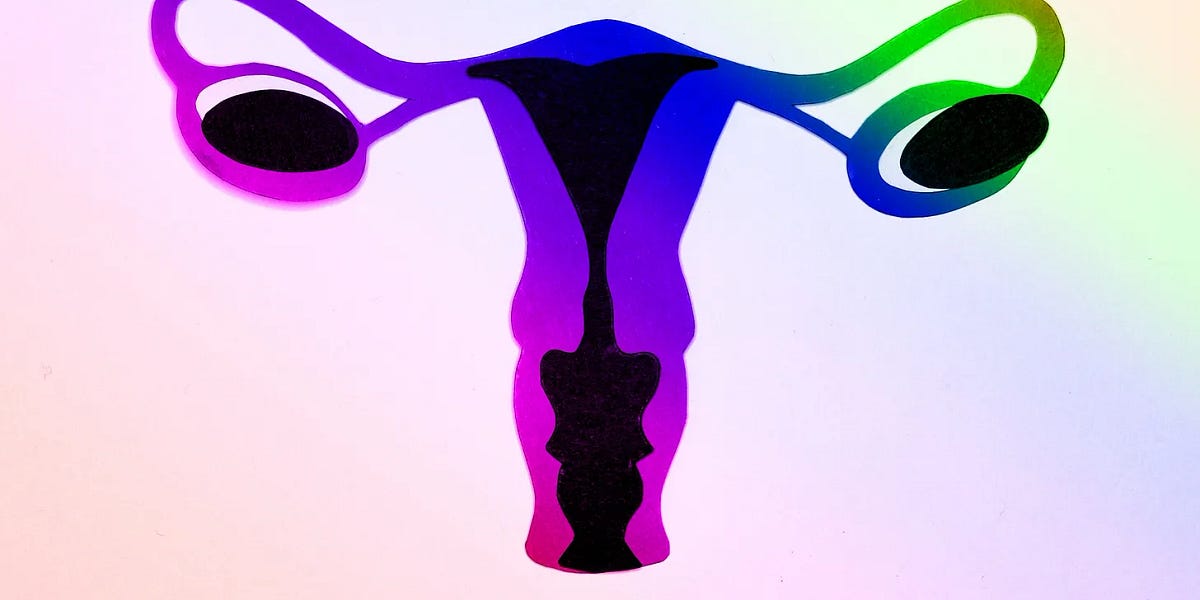



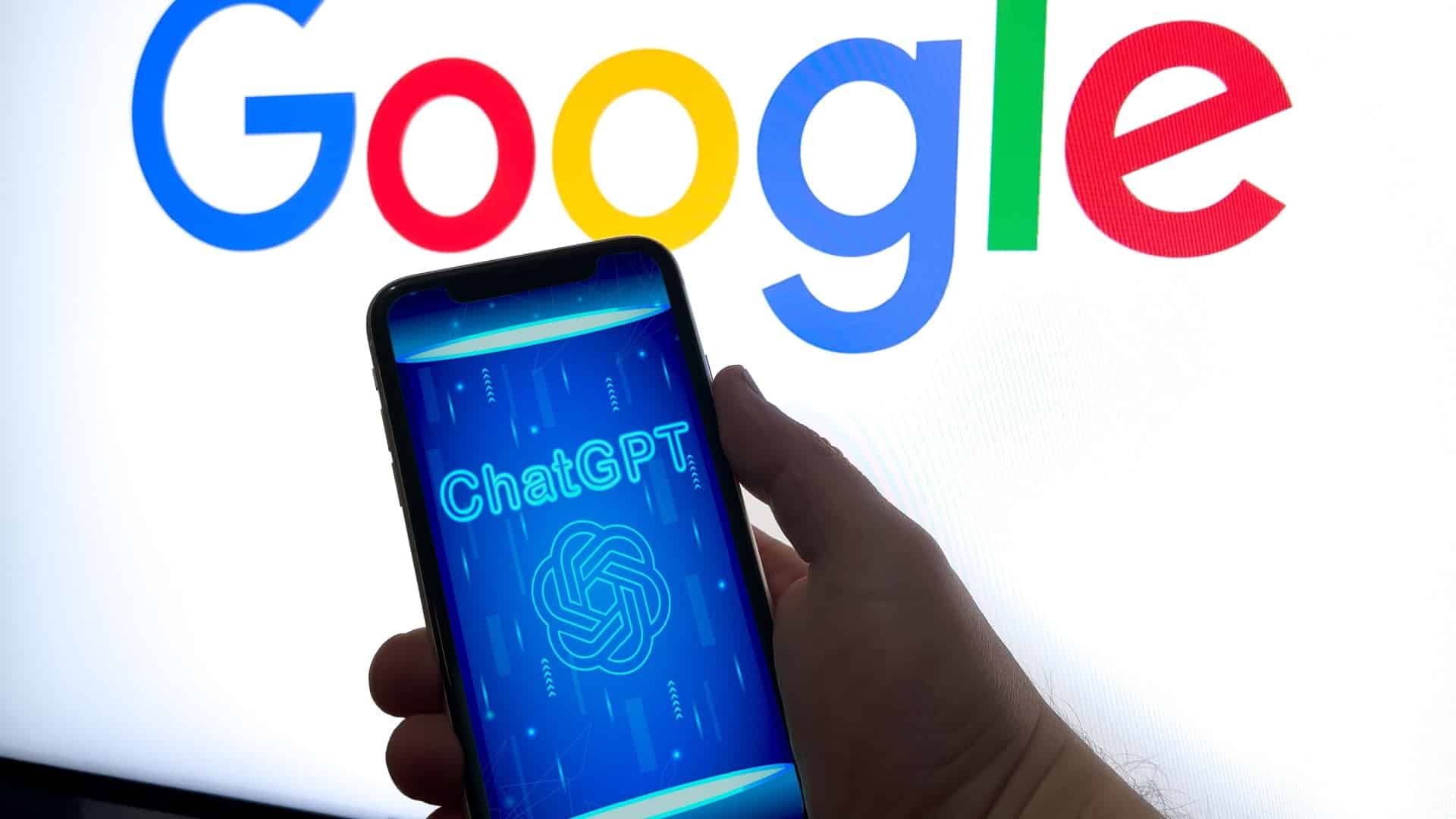
























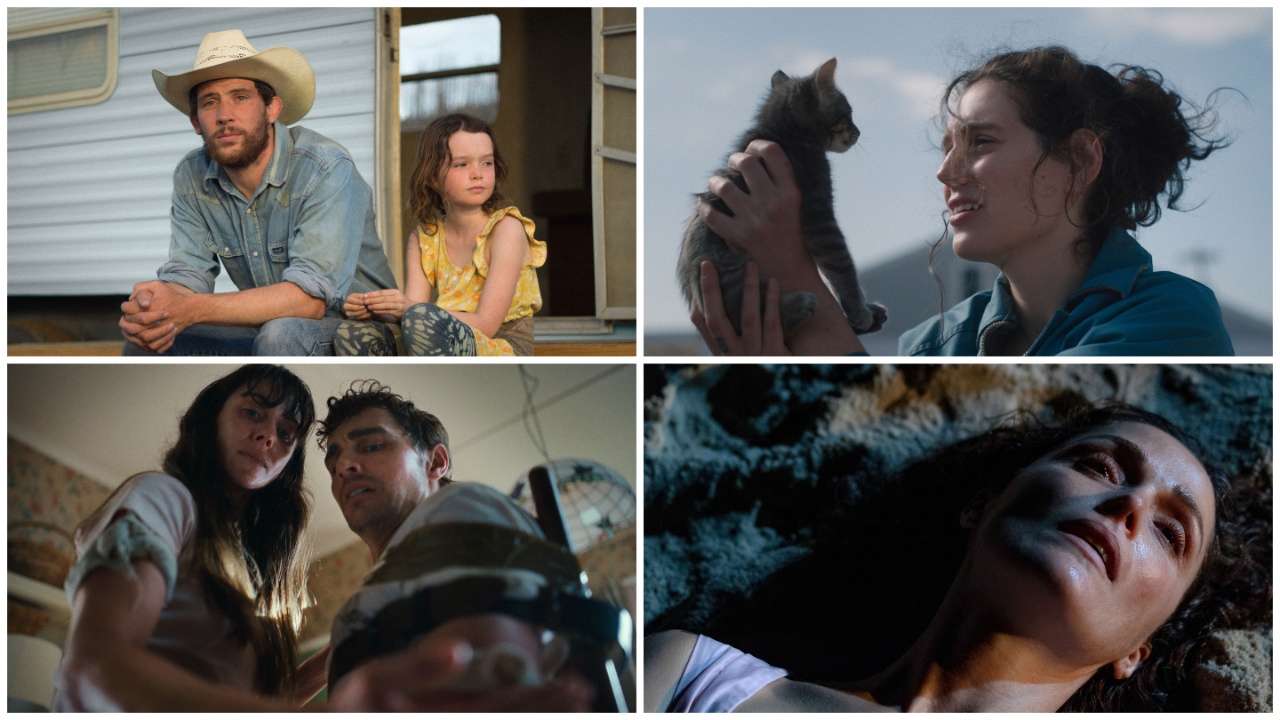


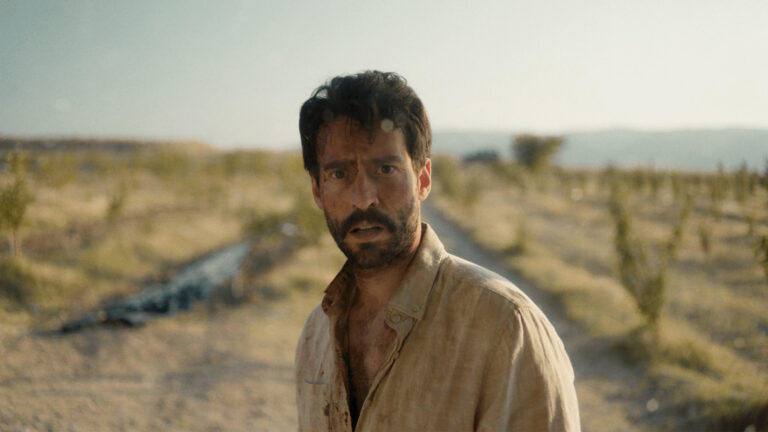
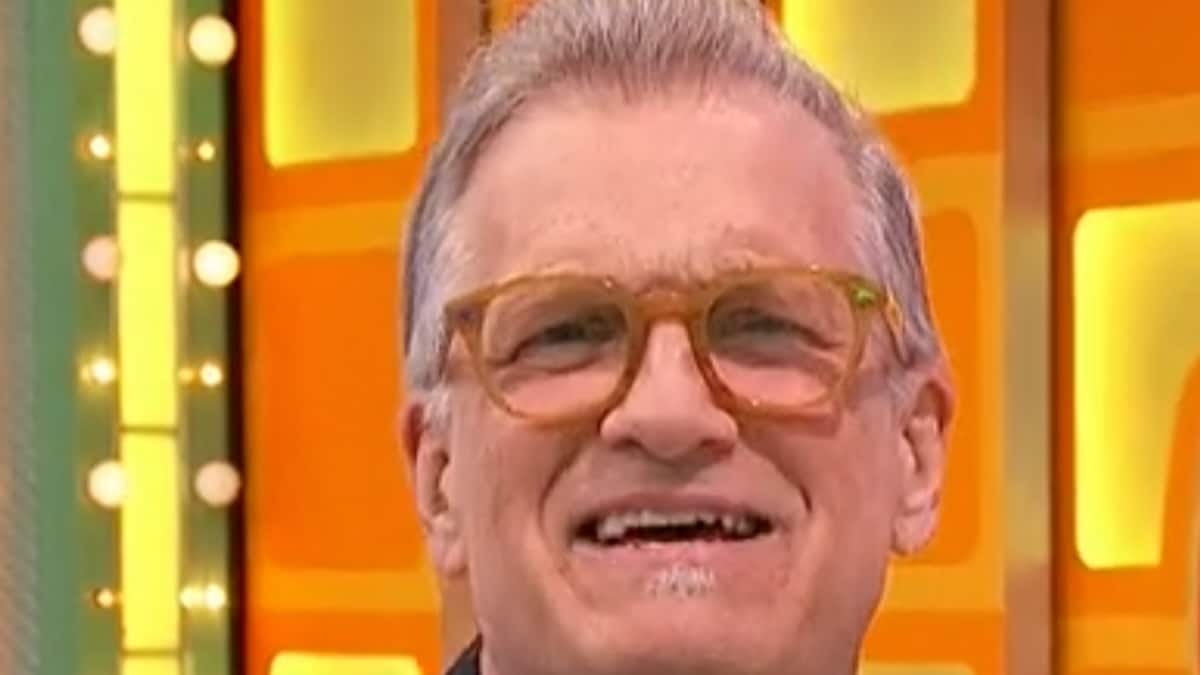





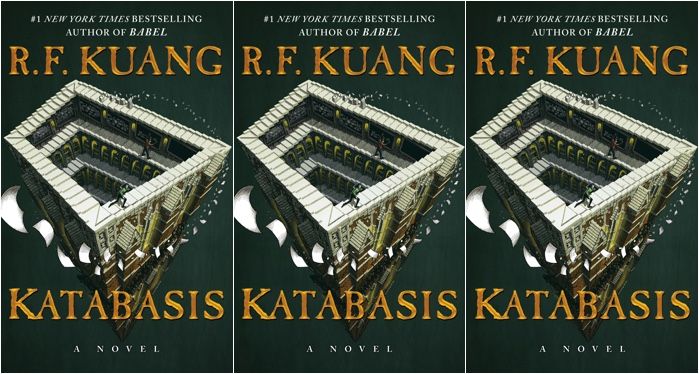






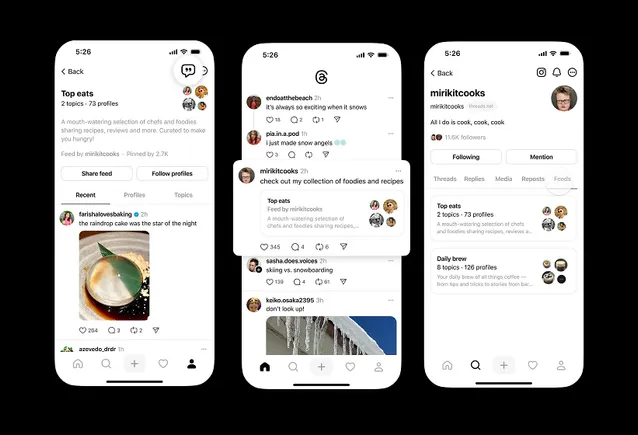

![A Visual Guide to TikTok Ads Manager [Infographic] A Visual Guide to TikTok Ads Manager [Infographic]](https://imgproxy.divecdn.com/9aaKOtRQYId9gEIRIiE2AgLnRsoeG1xVqz6aJuMegTo/g:ce/rs:fit:770:435/Z3M6Ly9kaXZlc2l0ZS1zdG9yYWdlL2RpdmVpbWFnZS90aWt0b2tfYWRfaW5mbzMucG5n.webp)

![The Social Media Funnel Explained [Infographic] The Social Media Funnel Explained [Infographic]](https://imgproxy.divecdn.com/6ikpva2mP7mvhaHG4yj_J6dzhXnEZMvZFDHDbI6Qucs/g:ce/rs:fit:770:435/Z3M6Ly9kaXZlc2l0ZS1zdG9yYWdlL2RpdmVpbWFnZS9zb2NpYWxfbWVkaWFfZnVubmVsX2luZm9ncmFwaGljMi5wbmc=.webp)



